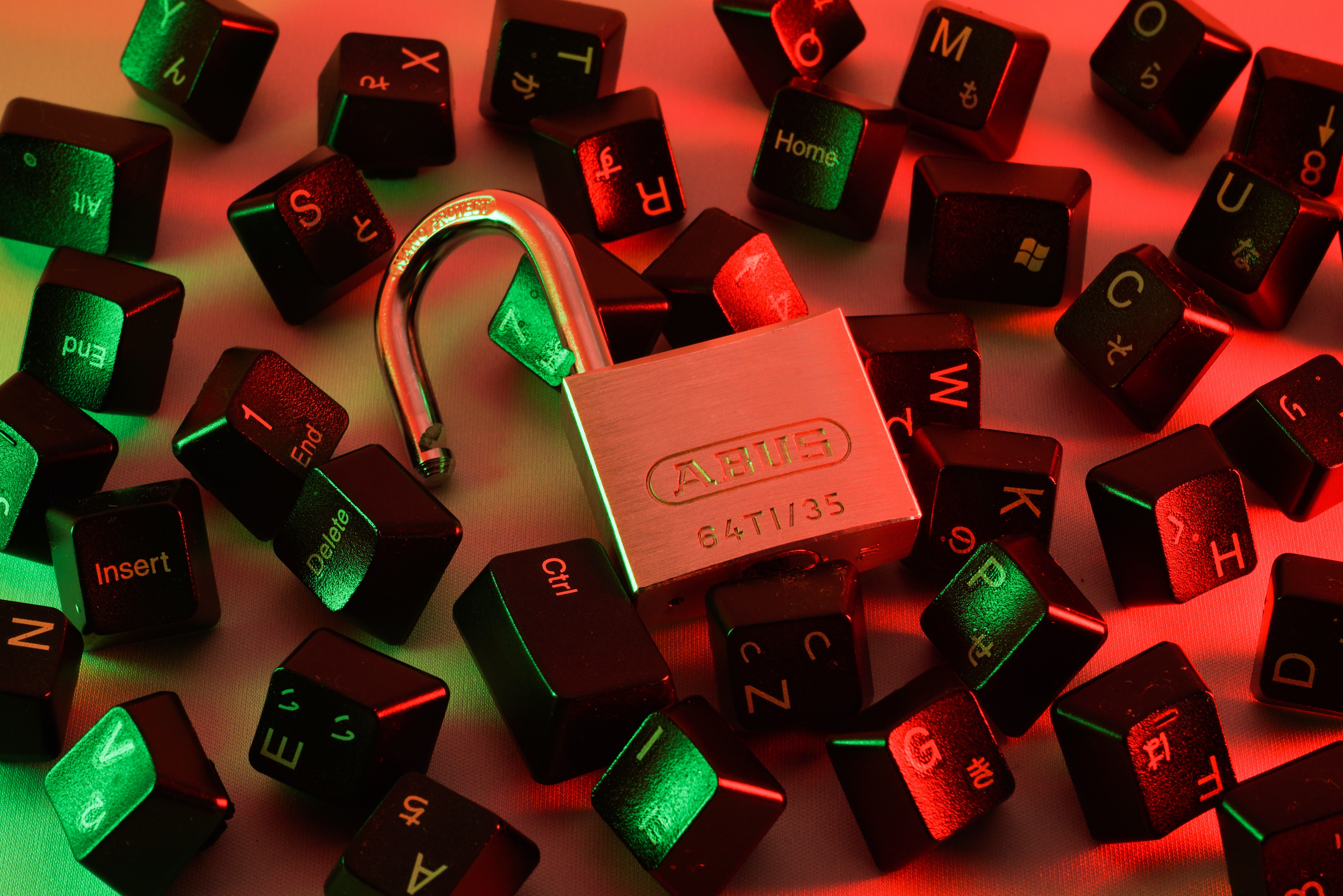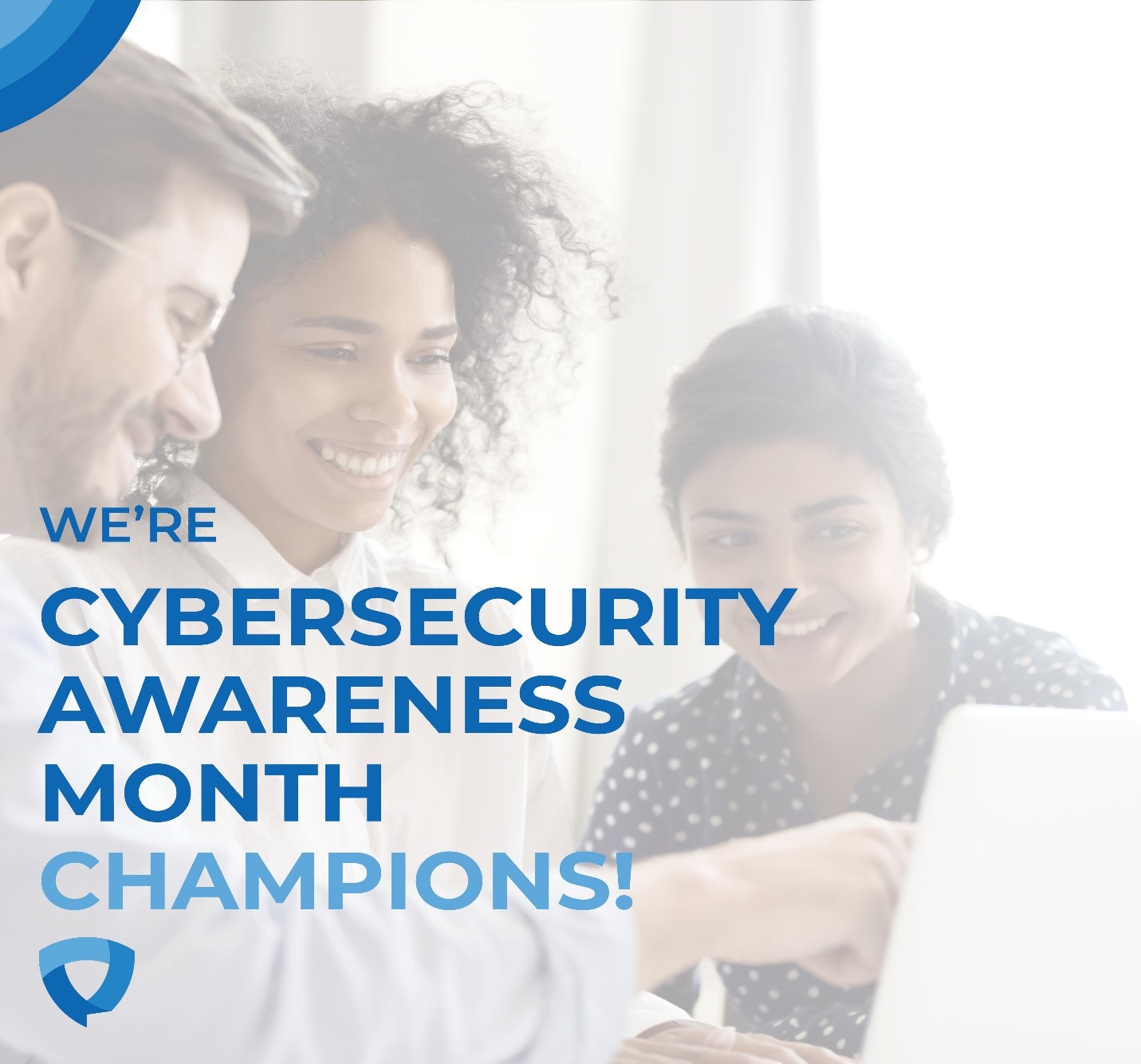Credit Tip Tuesday #31 - Cyber Security & Online Fraud

What is cyber security and eCommerce fraud?
Cyber security is a collection of technologies, processes, and practices aimed at preventing attacks, damage, and illegal access to networks, devices, programs, and data. These cyberattacks are typically aimed at gaining access to, altering, or destroying sensitive data, extorting money from users, or disrupting normal corporate activities. Because government, military, business, financial, and medical organizations acquire, process, and store massive amounts of data on computers and other devices, cyber security is critical. A robust cybersecurity strategy can give a good security posture against hostile attacks aimed at gaining access to, altering, deleting, destroying, or extorting critical data from an organization's or user's systems. On a personal level, there are many strategies you can use to protect your own accounts from banking information, to social media. The scale of cyber attacks is widespread and can affect all walks of life. Given the fast changing technical world and the ever-increasing prevalence of software, more information is being converted to digital format and made available over the internet allowing for more internet schemes.
eCommerce fraud is when a criminal or scammer uses stolen payment information to conduct online transactions without the owners on an eCommerce platform. When a credit card is lost, or information about it is not maintained securely, it is most likely to be used for online fraud.

General Helpful Guidelines
Know who's asking: don’t divulge information unless you seriously know who and why they are asking for your personal information. As we touch on later in this article, oftentimes, hackers will use phishing to find your SIN number and other vital information, so be wary before disclosing info you think you don’t need to! Trust your intuition. On the same wave, think twice about sharing sensitive information and documents. Sharing these things is always best done in person, face-to-face.
Keep those passwords safe: first off, it's essential to physically keep your passwords somewhere safe. Keeping them written down by pen on a piece of paper is your best bet. Keeping a list of your account usernames and passwords on your computer or phone’s notes is not a safe or sufficient way of securely storing crucial information. Similarly, make sure they are randomly generated and not hard to guess. Of course, we all know that password and qwerty are no longer strong passwords, so stray away from things like your name or the platform you are using.
Moreover, make sure you don’t use the same password for every single account. That way in case one is compromised, you do not have to sweat about all the other accounts! You should be applying multi-factor login authentication for all online systems - especially things like your banking information! Token with adaptive authentication is incredibly useful for extra safety. Also, follow the critical password safety steps; changing your password every ninety days, long in length, combinations of alpha-numeric and with varying history.

Monitor for phishing: Phishing involves a type of cyber-attack that employs the deployment of a spoof email as a weapon. The idea is to persuade the email recipient that the message is something they want or need — such as a request from their bank or a note from a coworker — and that they should click a link or download an attachment. It happens when a hacker poses as a trustworthy entity and convinces a victim to open an email, online chat, or text message. The recipient is subsequently duped into clicking a malicious link, which can result in malware installation, system freeze as part of a ransomware assault, or the transfer of personal information. Beware of deals or offers that are exceptionally great, unknown contacts (check the email address to check if it seems normal), hyperlinks or unknown attachments, incorrect website spelling, pop-ups that attempt to make you open new links. These messages often claim there's an issue with your account or payment information because they've seen suspicious activity or log-in attempts on your account, say you need to double-check or update some personal information, including a fictitious invoice, request that you make a payment by clicking on a link, make a claim that you're eligible for a government refund and offer a free item or service in exchange for a coupon. To protect yourself from being phished, you must be super vigilant and always air on the side of caution. If you suspect you are being phished or hacked, don’t click any unknown links or divulge any of your confidential information.
Creating awareness is essential. We hope our blog post is doing just that! It’s hard to keep up with the latest internet scams and hacks. We want to help keep you guys posted, so keep checking back on the Plastk Blog for updated posts on this ever changing internet landscape. Keep an open dialogue with your friends and family. Especially educating those who don't have access to social media and news forums, because of the ever-changing structure of internet scams, those more sheltered will not be kept up-to-date on the newest safety measures, so it's our job as a community to keep everyone safe and posted. Easy ways of creating awareness is to share with those around you, scam emails you received and how easily deceptive they are, so people can look out for those same attacks in their own mailbox. Further, by reporting the emails as spam and junk is a great way of keeping your inbox clear. Share online companies that are attempting to seek personal information; this is a good strategy for embedding fraud prevention! Remember to report suspicious activity!

Backup your data. Guarding your online information is a huge part of backing up your data. The primary goal of a data backup is to create a secure archive of your critical data. As a starting point, you must back up something that can't be replaced if it's lost. This can include photos, emails, documents, financial databases etc. Make sure to ensure safe storage for your documents on your cellular devices and computer. According to the New York Times, for backup, experts propose the 3-2-1 rule: three copies of your data, two on-site (on different devices) and one off-site. The original data on your computer, a backup on an external hard drive, and another on a cloud backup service are the most common options for most people. Furthermore, shred sensitive documents. Because of the possibility of data breaches, backing up sensitive information mitigates the risks of viruses and attacks. You may easily recover your system and get your untampered files from the cloud by storing your data off-site with a reliable cloud backup service.
Use technology to detect fraud. Fraud detection involves monitoring, detection, choices, case management, and learning that are all part of a continual loop that feeds improvements in detection back into the system. By applying analytics to detect abnormal patterns typical with loan fraud, credit card fraud, or money laundering, automated fraud prevention and detection systems can assist in keeping you safe. AI is ideal for fraud protection, as it can detect fraud quicker than we can manually.

All in all, cybersecurity is a cosmopolitan of change. Of course, there are many ways we can protect ourselves, our accounts and our information; however, it is hard to remain 100 percent safe while utilizing technology and the web. As previously mentioned, knowing whose asking is essential to remain anonymous and safe. Disclosing personal information is not always necessary for daily online transactions and activities - so always sit back and ask yourself if what a company is asking for is essential to the business that is being hosted! We also discussed the importance of password protection. Remember to use multi-factor login authentication and to change your password every three months; make sure it’s well above the minimum length and a combination of alpha and numeric symbols. Randomly generated codes are the most protective, and having different passwords across your accounts is another way of protecting sensitive information. We also went over how hackers use phishing to pry their way into your digital life. Phishing is the deceptive technique of sending emails/text/phone calls that appear to come from trustworthy companies in order to get people to give personal information like passwords and credit card numbers.
Moreover, we discussed in detail the value of creating an open dialogue with your circle about the prevalence and danger of internet fraud and the importance of cyber security. Creating awareness and reducing the stigma of how likely it is to be fooled by these internet schemes will inevitably lead to a safer digital sphere for your family and friends. Similarly, we emphasized the need to back up your data. As much as having a cyber attack run on your computer feels detrimental, if your vital information and content is backed up somewhere safe, you will be at much less of a loss. Lastly, we stressed the importance of using technology to detect fraud! Although manually checking your accounts is useful, AI is faster and more reliable.
We hope this outline of how to stay safe with cybersecurity and how to protect yourself from eCommerce fraud will be handy for your e-future.
Disclaimer: The content provided on the Plastk Financial Inc. Blog is information to help Canadians become financially literate and learn about credit. Plastk is not responsible for building or ruining an individual's credit score or credit rating. It is neither tax nor legal advice, is not intended to be relied upon as a forecast, research or investment advice, and is not a recommendation, offer or solicitation to buy or sell any securities or to adopt any investment strategy. Tax, investment, credit inquiries, and all other decisions should be made, as appropriate, only with guidance from a qualified professional.


